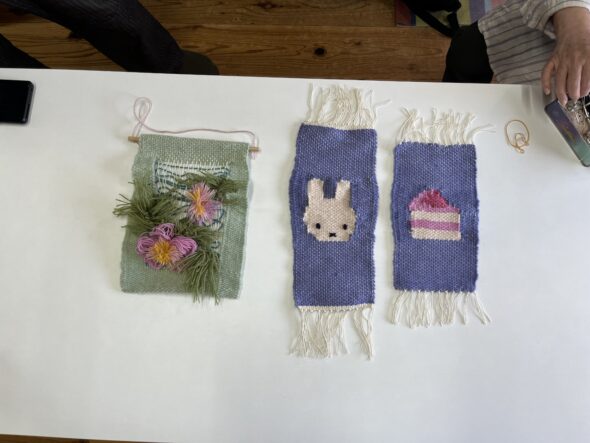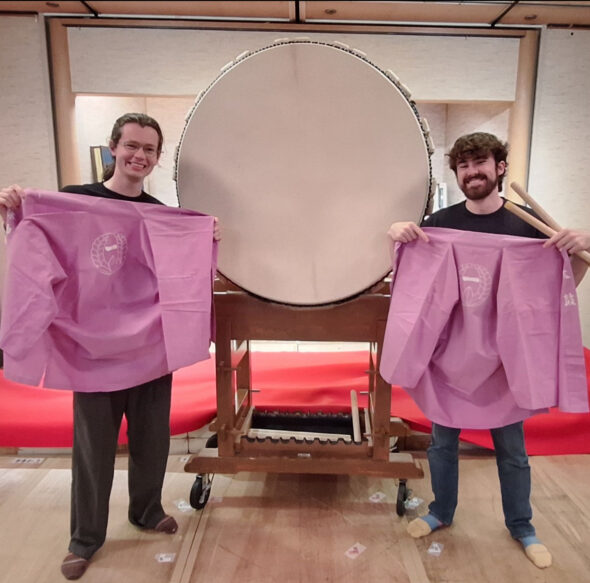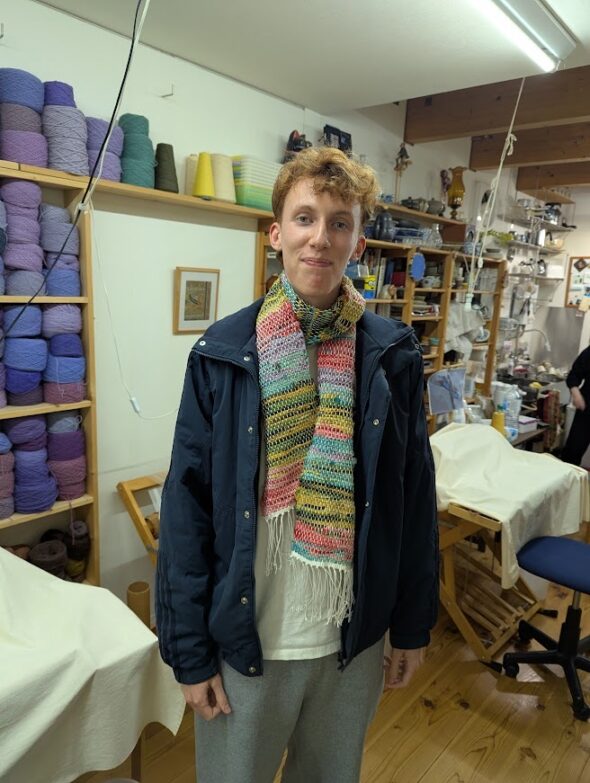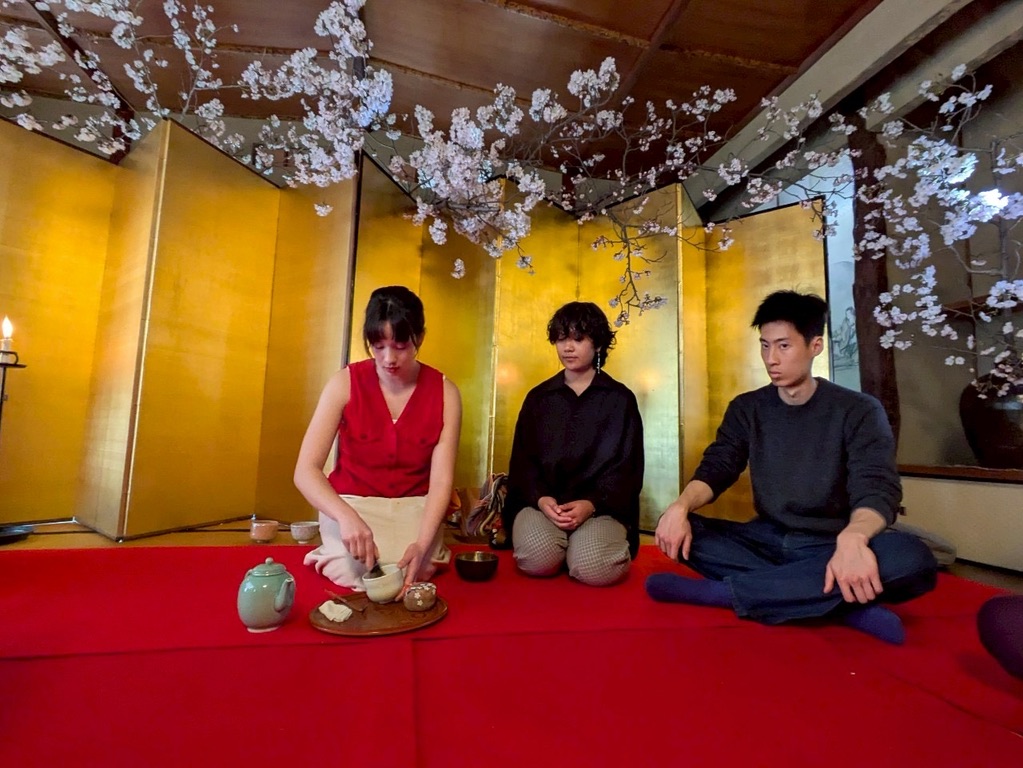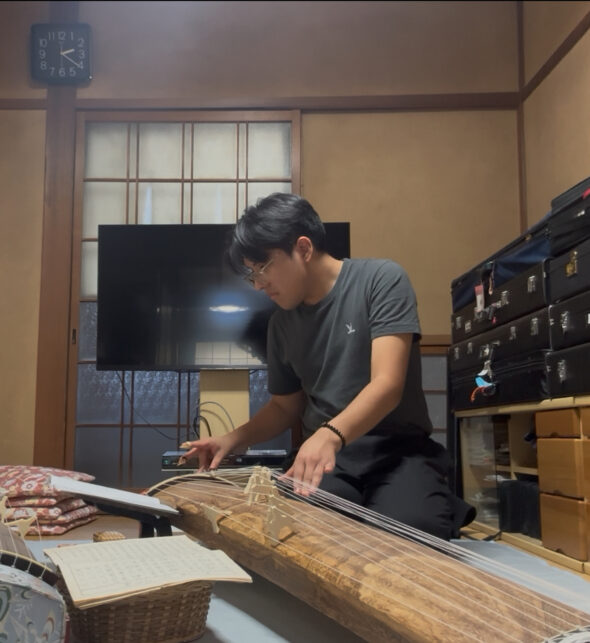 This semester I took one-on-one koto lessons under Kurahashi Sensei. For the duration of nine weeks, I took classes once a week with Kurahashi Sensei and learned different techniques and ways to play the koto, while also learning how to play various song with these different methods.
This semester I took one-on-one koto lessons under Kurahashi Sensei. For the duration of nine weeks, I took classes once a week with Kurahashi Sensei and learned different techniques and ways to play the koto, while also learning how to play various song with these different methods.
Each class would build upon the skills that I have already had or have learned in the class prior, and would continue to advance in playing more difficult song. I would definitely recommend taking koto classes, the one-on-one focus definitely helped me to understand new vocabulary, techniques, and have any questions answered while playing.
A word of advice I can give is that it is ok to make mistakes while playing! Different techniques require different ways to play the koto, be prepared to pull strings in different directions and methods to create classical yet stunningly sounding notes in traditional songs!

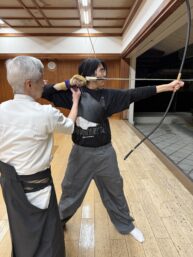

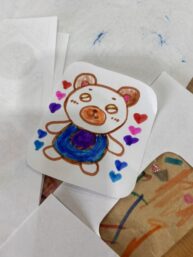
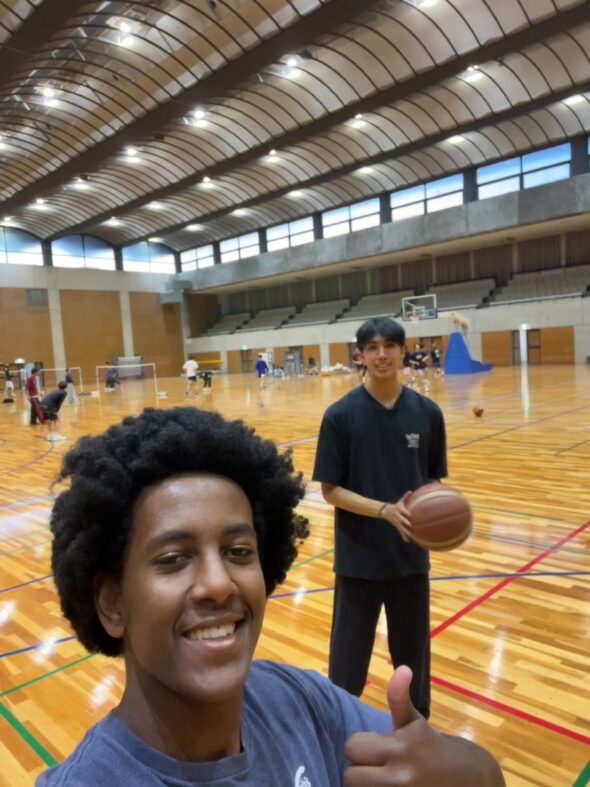 This semester, I had the opportunity to play basketball at the Kyotanabe campus with Doshisha’s basketball circle intensity. This club had practice about 3 times a week, during which the entire duration is provided for playing full court or shooting around.
This semester, I had the opportunity to play basketball at the Kyotanabe campus with Doshisha’s basketball circle intensity. This club had practice about 3 times a week, during which the entire duration is provided for playing full court or shooting around.